Geoscience Reference
In-Depth Information
lithostatic, causing potentially disastrous consequences for
the drill rig and possible “blowout.” The regional
hydraulic gradient drives the direction of migration of
subsurface fluids like water and hydrocarbon. Pressures in
partially molten rocks of the Earth's upper crust in crustal
magma chambers (Section 5.1) may also vary between
hydrostatic and geostatic values, with obvious implications
for the forces occurring during volcanic eruptions.
Neutral stability for all cases
Ambient fluid
r
1
lockbox
fluid
r
2
Conditions
r
1
=
r
2
open
Mixing by molecular diffusion only
Lower horizontal boundary
Ocean and lakes (unstratified)
Water surface
lockbox
liquid
ρ
2
Conditions
r
1
<
r
2
∆
r
= +ve
Ambient liquid
r
1
Descending plume (open ocean
cold convection, ice meltout)
open
Wall jet
descending flow
(bottom water production,
turbidity currents)
Wall jet
(turbidity flow,
thermohaline flow)
Water surface
lockbox
liquid
r
2
Conditions
r
1
>
r
2
Surface jet
Ambient liquid
r
1
open
Rising plume
Ocean ridge
hydrothermal
plumes
∆
r
= -ve
Atmosphere (unstratified)
lockbox
liquid
r
2
Conditions
r
1
<
r
2
Ambient gas
r
1
open
Thunderstorm
downdraught
∆
r
= +ve
Catabatic wind
Sea breeze front
Cold front
lockbox
liquid
r
2
Conditions
r
1
>
r
2
∆
r
= -ve
Ambient gas
r
1
open
Rising plume (thermal)
Fig. 4.5
Buoyancy-driven flows.






































Search WWH ::

Custom Search